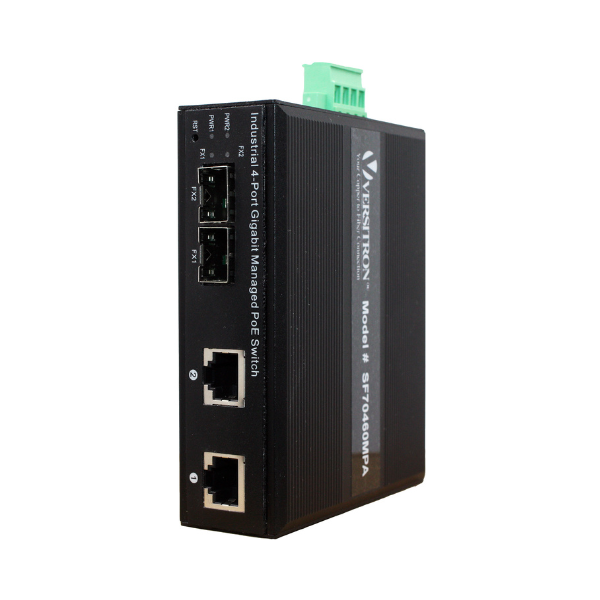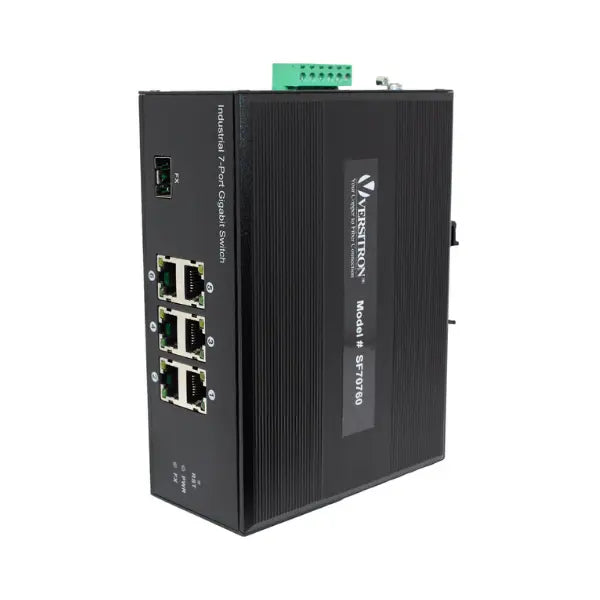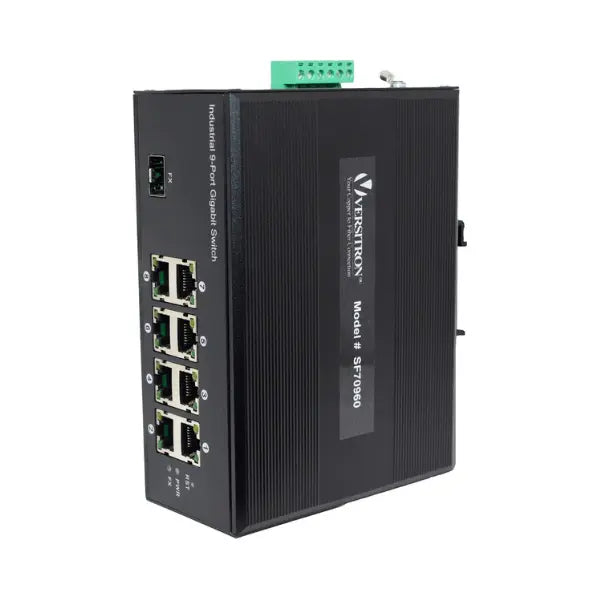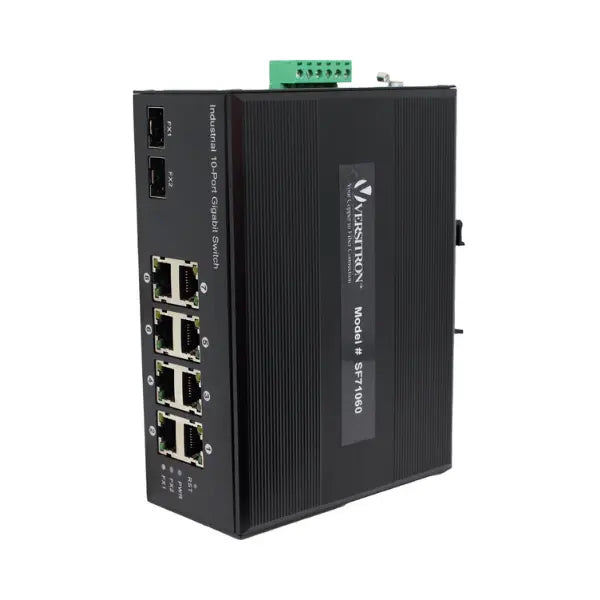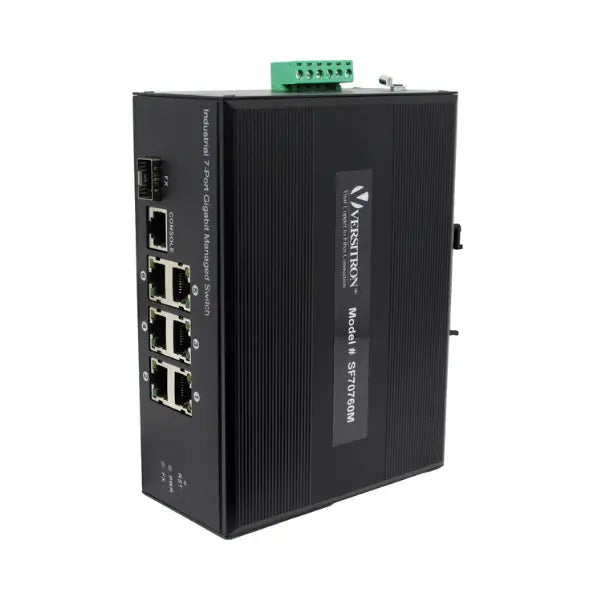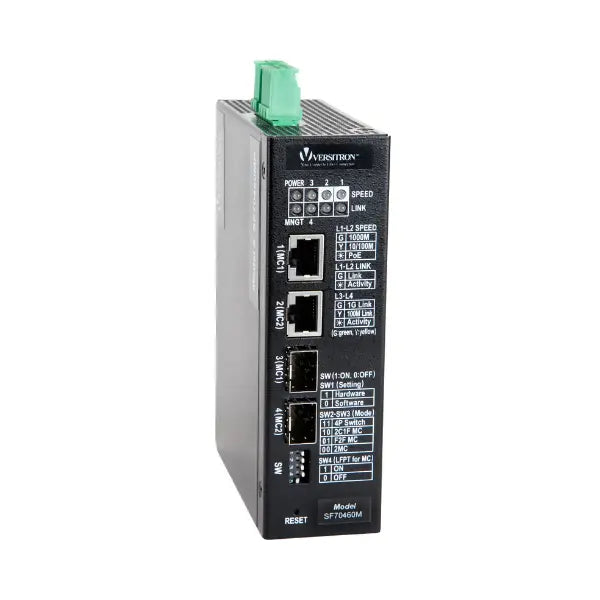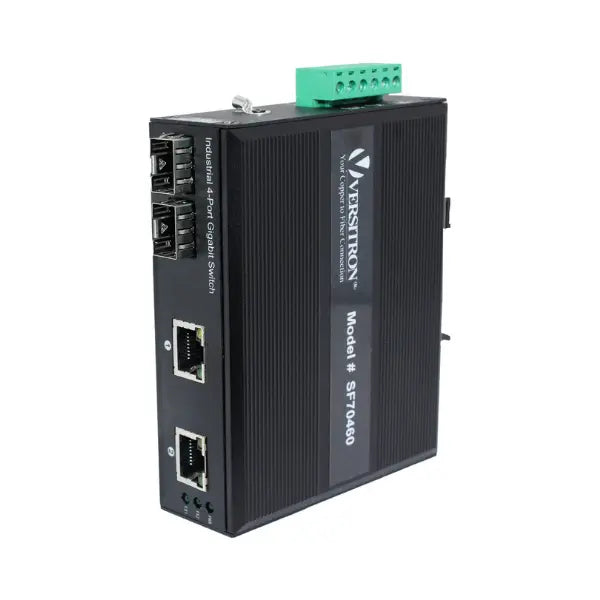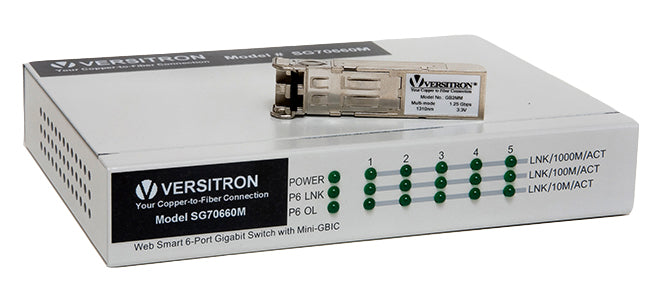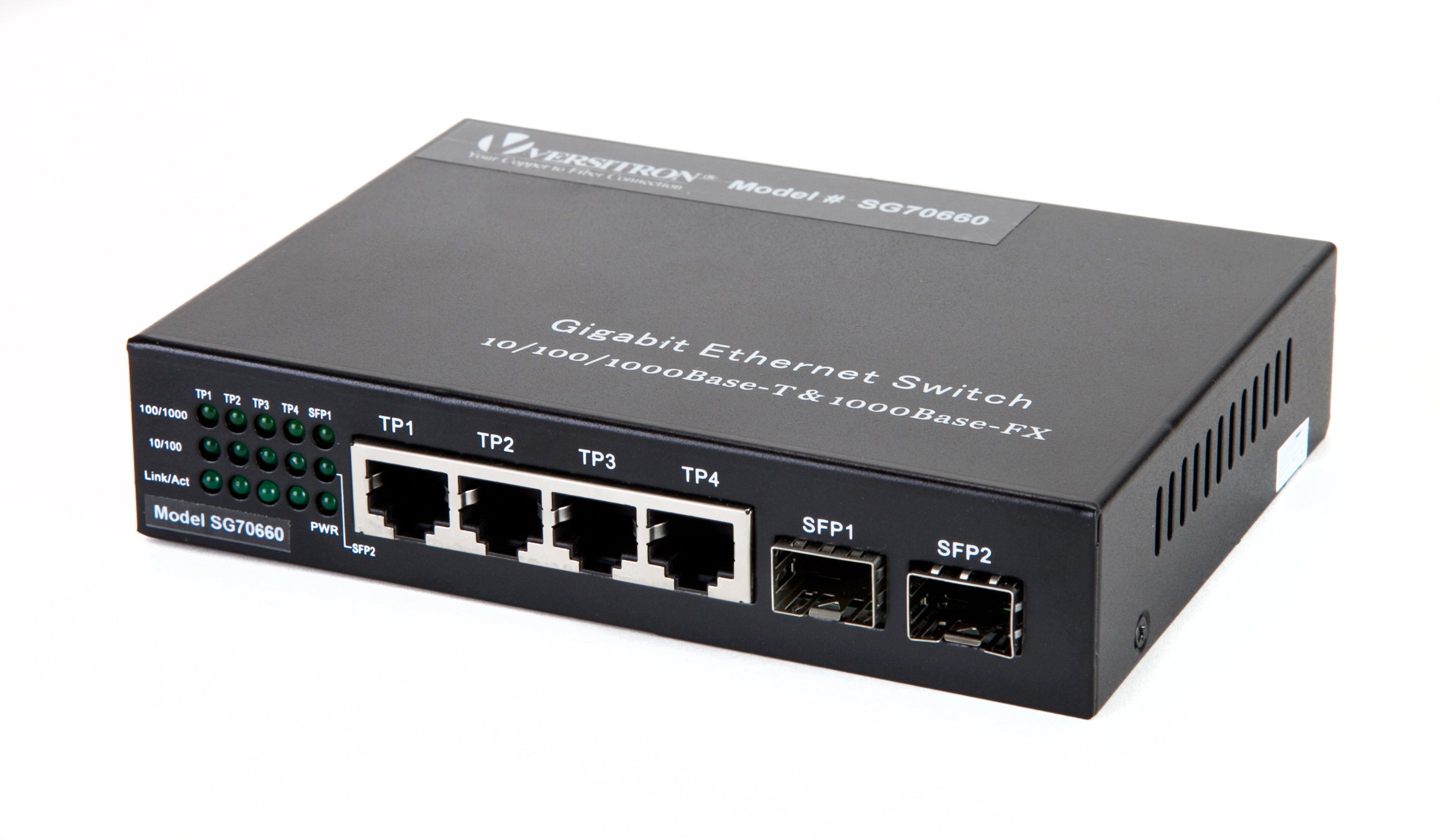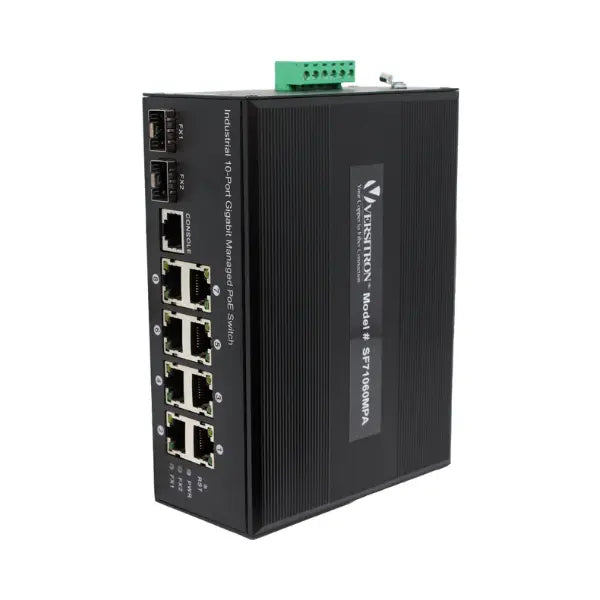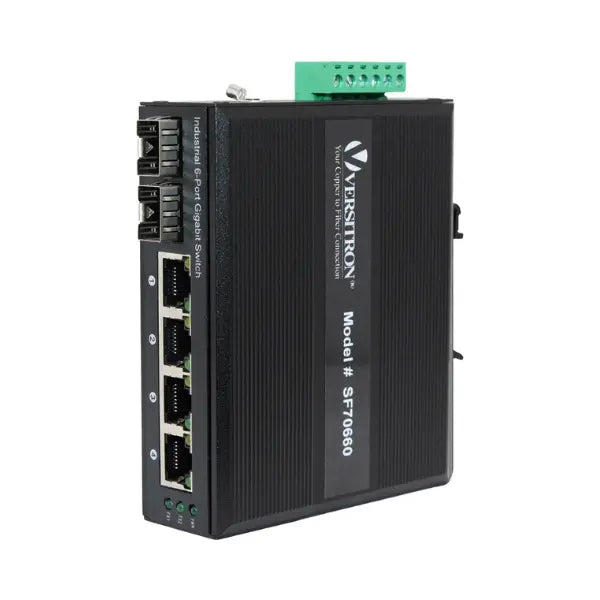Introduction

What is Smart City and what are the Benefits of Smart City Development?
A smart city is an urban environment that utilizes advanced technologies and data-driven solutions to enhance the quality of life for its residents, improve sustainability, and optimize resource management. It integrates various elements, such as information and communication technology (ICT), Internet of Things (IoT) devices, sensors, and data analytics, to improve the efficiency and effectiveness of urban services and infrastructure.
Benefits of Smart city Development:Smart city development offers numerous benefits. Some of the key advantages include:
- Improved quality of life: Smart city technologies enhance the liability of urban areas by providing efficient services, such as smart transportation, optimized energy usage, better waste management, and improved public safety.
- Enhanced Sustainability: Smart cities promote sustainable practices by integrating renewable energy sources, reducing carbon emissions, optimizing resource usage, and implementing eco-friendly infrastructure.
- Increased efficiency and cost savings: Automation and data-driven optimization lead to improved efficiency in various sectors, reducing operational costs for utilities, transportation, and city management.
- Better urban planning and resource management: Data analytics and real-time monitoring enable urban planners to make informed decisions regarding infrastructure development, resource allocation, and traffic management.
- Improved Public Safety: Smart city technologies, including surveillance systems, emergency response systems, and predictive analytics, enhance public safety and enable quicker emergency responses.
- Economic growth and Innovation: Smart cities foster innovation and attract investments by creating a conducive environment for start-ups, entrepreneurs, and technological advancements, leading to economic growth and job creation.
Why it is Important to Build a Smart City?
Building a smart city requires several key components. These include:
- Robust and secure network infrastructure: A reliable and high-speed network infrastructure is necessary to connect the various IoT devices and systems in the city.
- IoT devices and sensors: Deploying a wide range of smart devices and sensors throughout the city to collect data, monitor infrastructure, and enable automation.
- Data management and analytics: Implementing platforms and tools for data collection, storage, analysis, and visualization to derive valuable insights and support decision-making.
- Integration and interoperability: Ensuring that different systems, devices, and services can seamlessly communicate and interact with each other, enabling a holistic smart city ecosystem.
- Governance and policy framework: Establishing regulations, standards, and policies to govern the use of technology, protect data privacy, and ensure the responsible deployment of smart city initiatives.
- Citizen participation and engagement: Involving citizens in the planning, implementation, and evaluation of smart city projects, as their needs and feedback are crucial for successful development.
What are smart city network Architectures design guidelines
- Scalability and Flexibility: Design the network architecture to accommodate the increasing number of connected devices and services in a smart city. Ensure scalability to support future growth and flexibility to incorporate new technologies and applications seamlessly.
- Interoperability and Standardization: Emphasize the use of open standards and protocols to promote interoperability among various devices, systems, and services. Adopting common frameworks and interfaces enables seamless integration, data exchange, and communication across the smart city ecosystem.
- Security and Privacy: Integrate robust security measures into the network architecture to protect against cyber threats and safeguard sensitive data. Implement authentication, encryption, access controls, and monitoring mechanisms to ensure data privacy and integrity.
- Resilience and Redundancy: Design the network architecture with redundancy and fault tolerance to ensure continuous connectivity and service availability. Incorporate backup systems, diverse network pathways, and disaster recovery plans to mitigate disruptions and maintain the functioning of critical services.
- Integration of IoT Devices: Plan for the seamless integration of IoT devices into the network architecture. Consider the connectivity requirements, data transmission protocols, and device management mechanisms to enable efficient and reliable communication between devices and the central infrastructure.
- Cloud and Fog Computing: Evaluate the potential use of cloud and fog computing technologies in the network architecture. Determine the appropriate balance between centralized cloud resources and distributed edge computing capabilities to optimize data processing, storage, and analytics.
- Data Management and Analytics: Develop strategies for data management, including data collection, storage, processing, and analysis. Consider scalable data storage solutions, data lifecycle management practices, and advanced analytics techniques to derive actionable insights from the collected data.
The Significance of Network Connectivity in Smart City Development:
- Network connectivity is essential for smart cities, as it facilitates information exchange between different entities.
- With network connectivity, data can be collected, processed & analysed in real time, allowing informed decision-making that enhances resident quality of life.
- For example, smart transportation systems, enabled by network connectivity, can offer real-time traffic monitoring, intelligent routing, and reduced congestion and emissions.
- Network connections can also support energy-efficient buildings, public safety and security, and citizen engagement platforms.
Challenges and Considerations for Network Connectivity in Smart City Development:
- Despite the benefits of network connectivity, several challenges and considerations need to be addressed to ensure successful implementation.
- For instance, cities must ensure that their networks are secure and resilient to protect against cyber-attacks and physical damage.
- Moreover, cities must ensure that their networks are inclusive, accessible & affordable to all residents, regardless of their socioeconomic status.
- In addition to these challenges, cities must also address issues related to privacy, data ownership & regulatory compliance.
Emerging Technologies and Network Connectivity in Smart City Development:
- Emerging technologies such as 5G wireless, edge computing and artificial intelligence are transforming network connectivity in smart city development.
- 5G networks can provide faster and more reliable connectivity for IoT devices, enabling real-time data processing and analytics. Edge computing can bring computing resources closer to IoT devices, reducing latency and improving response times for critical applications.
- Artificial intelligence can help process and analyse vast amounts of data for predictive & prescriptive analytics, enabling cities to optimize operations and services.
- Other emerging technologies such as block chain, quantum computing & augmented reality are also being explored for their potential in smart city development.
Partnerships and Collaboration for Network Connectivity in Smart City Development:
- Building a robust network connectivity infrastructure requires collaboration among various stakeholders, including government agencies, private companies, and citizens.
- Partnerships can enable cities to access expertise and resources to design, deploy, and maintain their networks. Collaboration can also ensure that network connectivity solutions are aligned with the needs and priorities of residents, ensuring that they are inclusive, accessible, and affordable.
- Public-private partnerships, academic-industry collaborations, and community engagement initiatives are some examples of successful collaborations in smart city development.
The Future of Network Connectivity in Smart City Development:
- The future of network connectivity in smart city development is promising with new technologies and partnerships continuing to emerge.
- As cities continue to collect and analyse data from various sources, they will need to rely on advanced network connectivity solutions to enable real-time decision making and improve services.
- Moreover, cities will need to adopt a more integrated and holistic approach to network connectivity, considering the various technological, social and environmental factors that impact its implementation.
What is the role of IoT in the development of a smart city?
The role of Internet over Things (IoT) in the development of a smart city is crucial. IoT (Internet of Things) enables the interconnection of various physical devices and sensors through the internet, allowing them to collect and exchange data. In a smart city, IoT plays a pivotal role in creating an intelligent infrastructure by enabling real-time monitoring, data analysis, and automation. It facilitates the integration and management of various systems and services such as transportation, energy, waste management, public safety, and more. (Internet of Things) IoT technology helps optimize resource utilization, improve efficiency, enhance citizen experiences, and enable sustainable development in a smart city.
Trends in Smart City Development
Trends in smart city development are constantly evolving. Some notable trends include:
- Data-driven decision-making: Utilizing big data analytics and artificial intelligence to gain insights from the vast amount of data generated by various sensors and devices.
- Focus on sustainability: Incorporating renewable energy sources, efficient waste management systems, and sustainable transportation options to reduce environmental impact.
- Citizen engagement: Involving citizens in decision-making processes, fostering community participation, and utilizing citizen feedback to shape smart city initiatives.
- Smart mobility: Implementing intelligent transportation systems, including smart traffic management, electric vehicles, and connected infrastructure, to improve mobility and reduce congestion.
- Safety and security: Enhancing public safety through technologies such as smart surveillance, emergency response systems, and predictive analytics to prevent crime and ensure the well-being of citizens.
Conclusion
In conclusion network connectivity plays a critical role in the development of smart cities. A robust network infrastructure is essential for the collection, processing and sharing of data from different sources to enable informed decision-making and improve the quality of life for residents. While there are challenges and considerations in implementing network connectivity, emerging technologies such as 5G, edge computing & artificial intelligence offer new possibilities. By fostering partnerships and collaboration, cities can build a network infrastructure that meets the needs & priorities of their residents and paves the way for a smarter, more sustainable future. That is why you should source high-quality network switches from only reliable suppliers like VERSITRON. The company offers MSA-compliant network switches that are known for their quality, performance, and efficiency. Also, the upgrade or replacement services should be sourced from experts. You can also check our fiber optic swiches buying guide to choose right switches.


